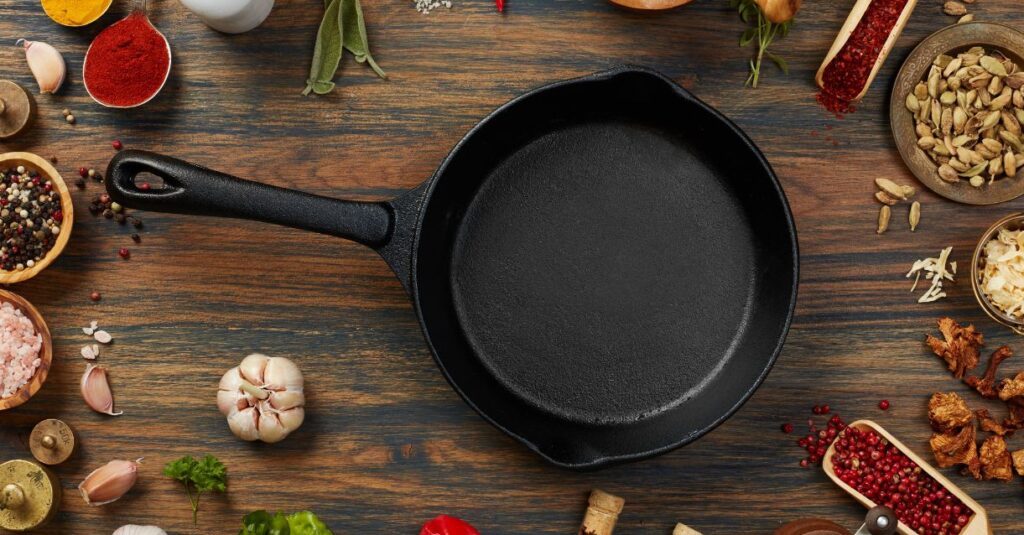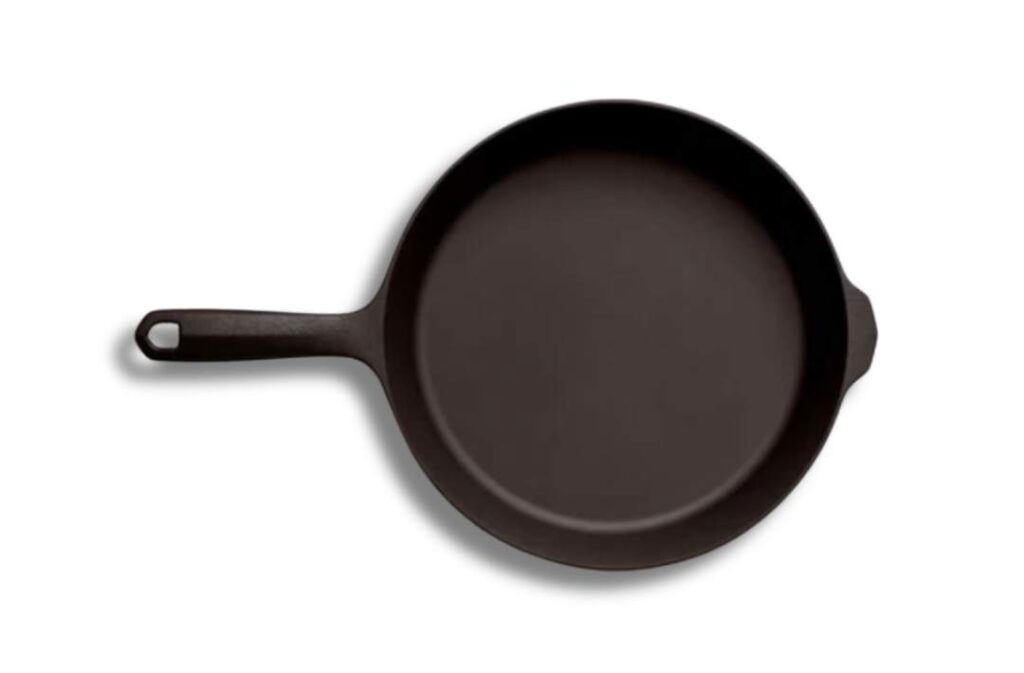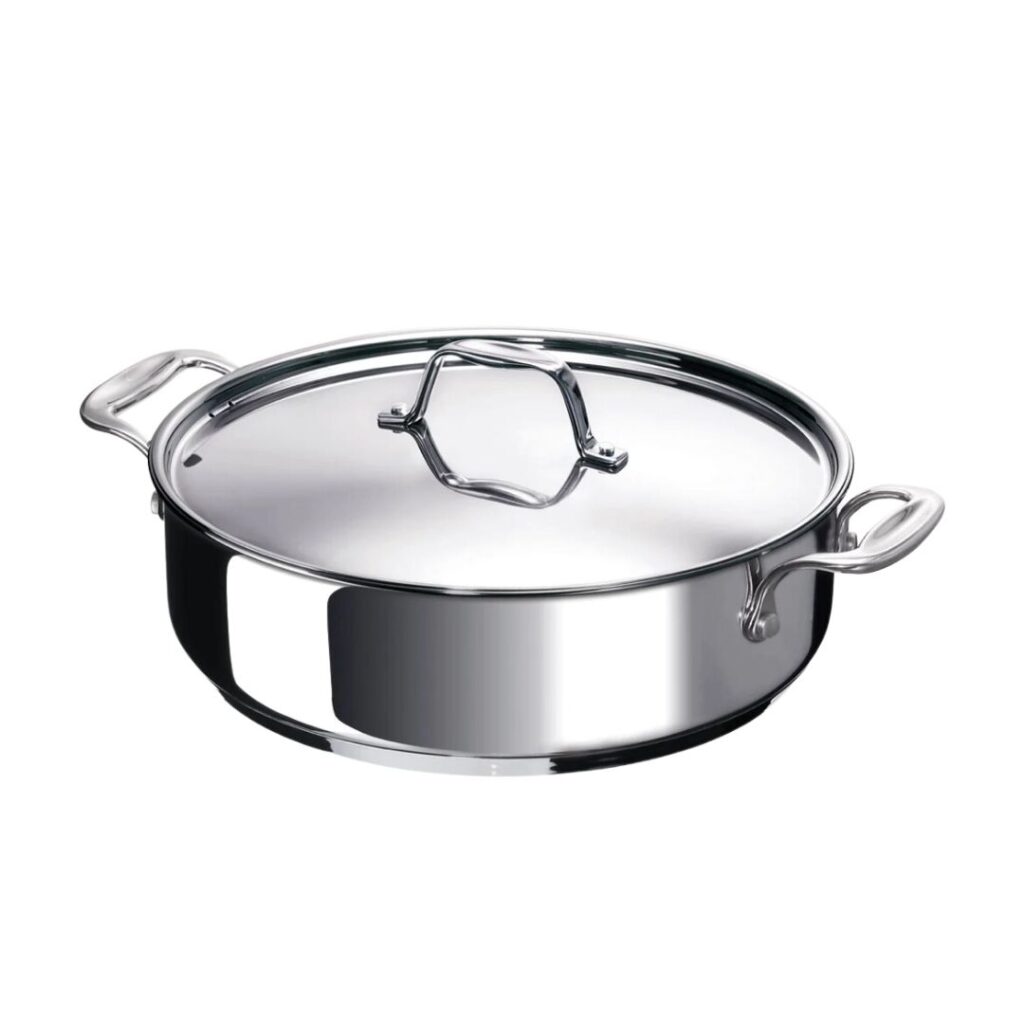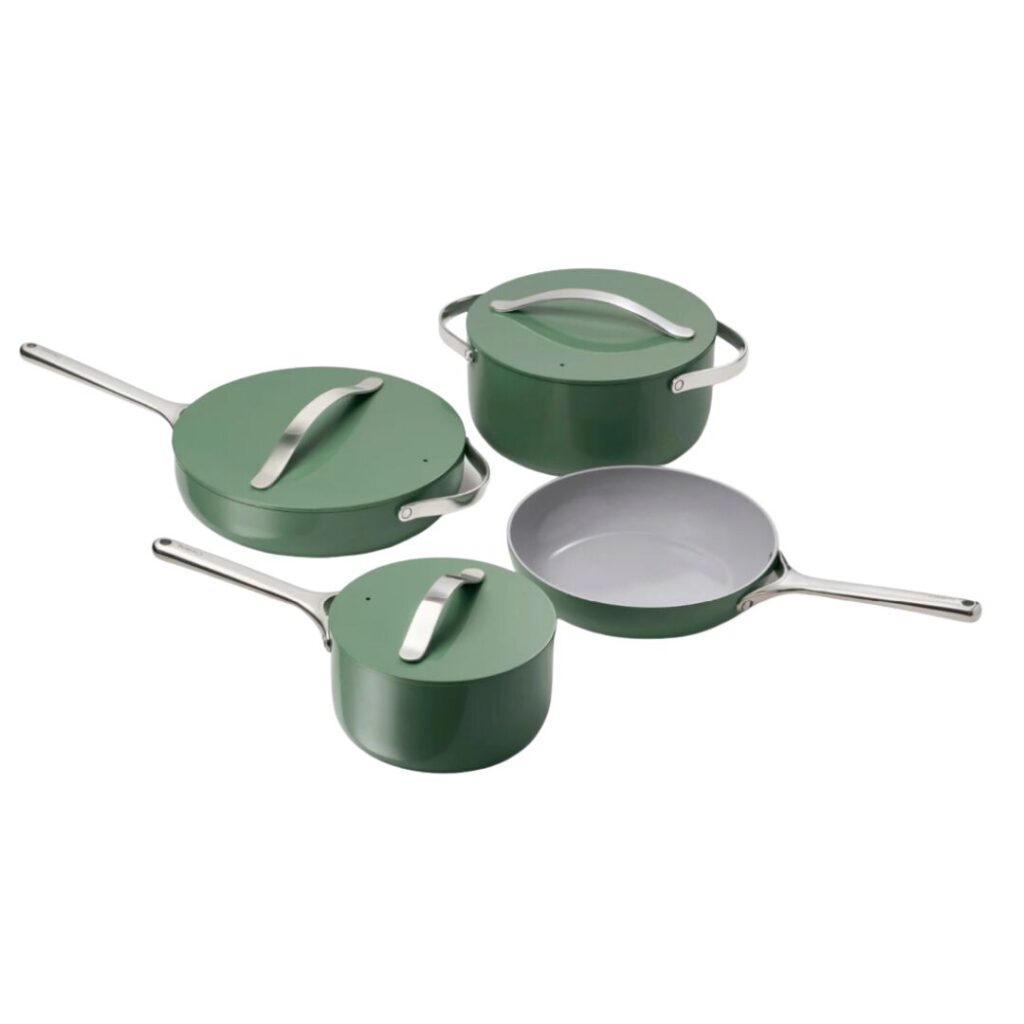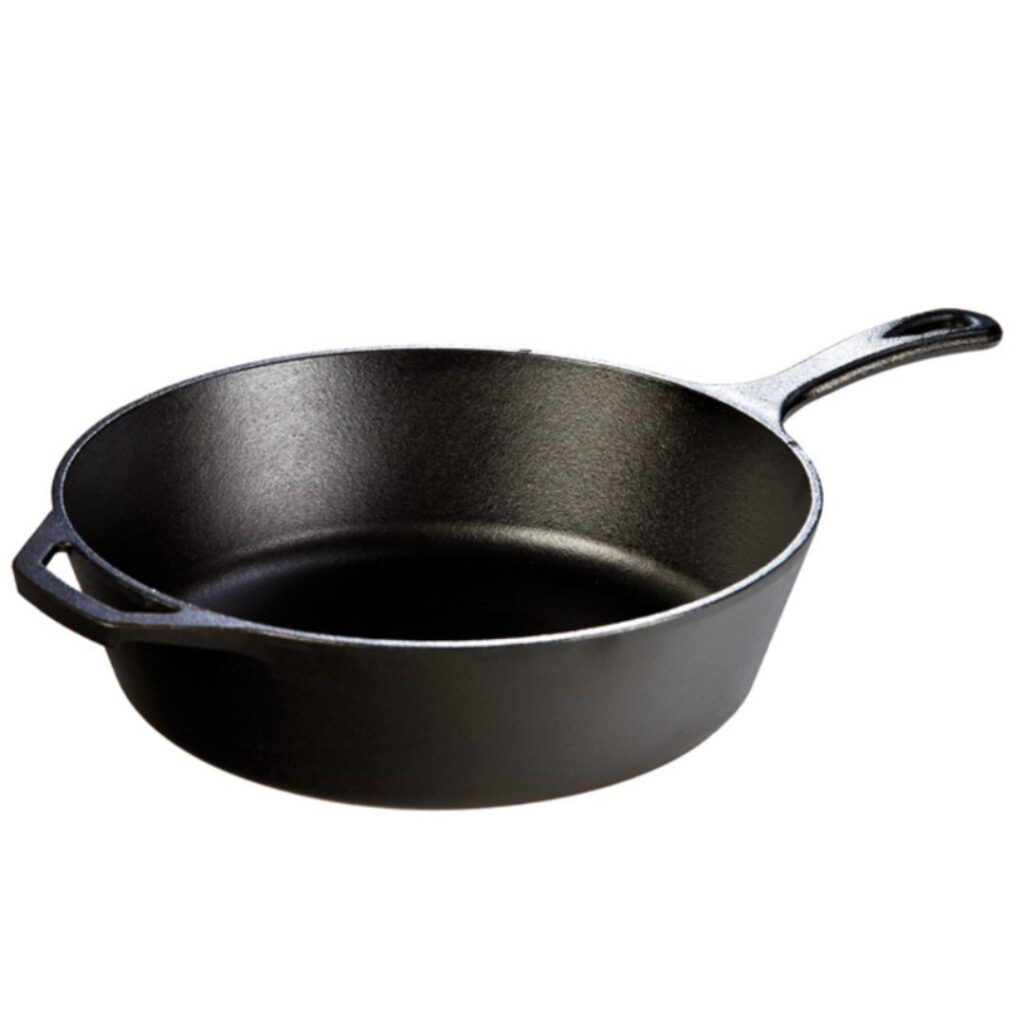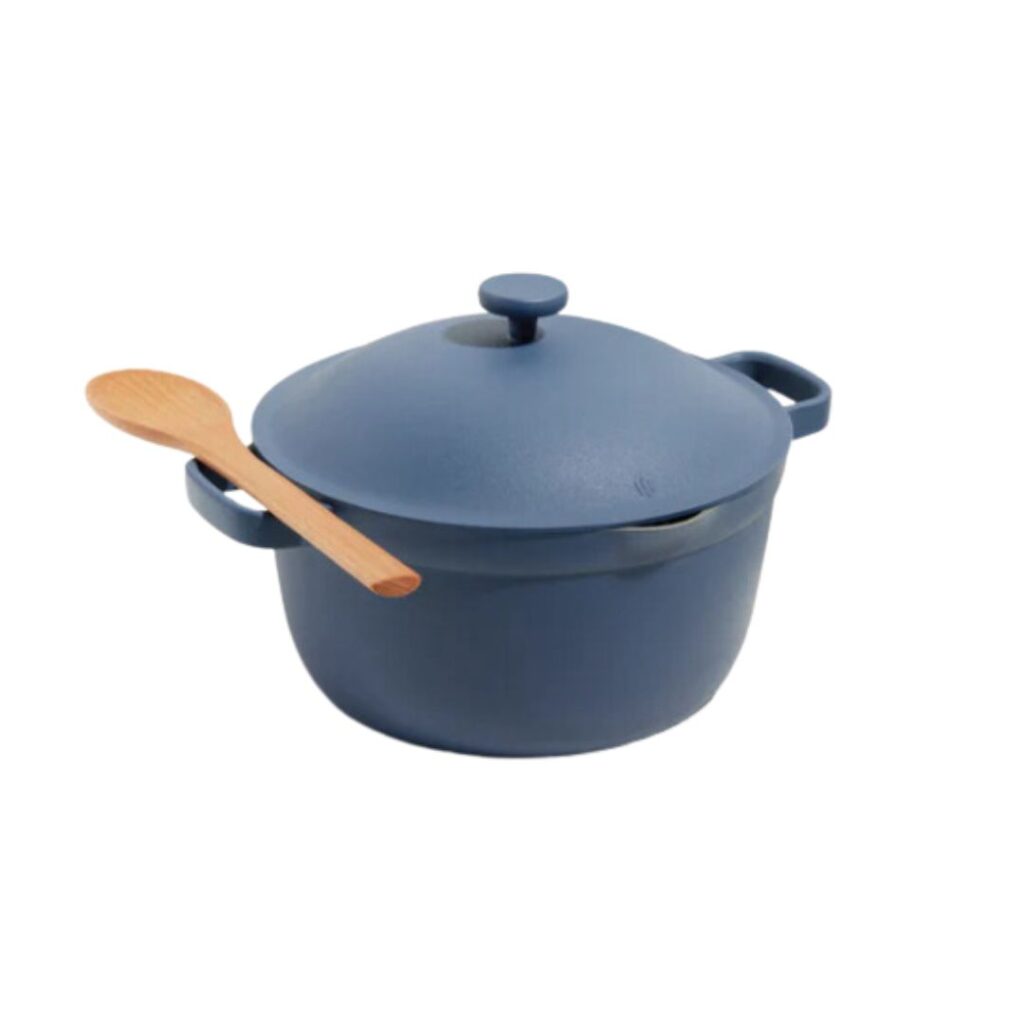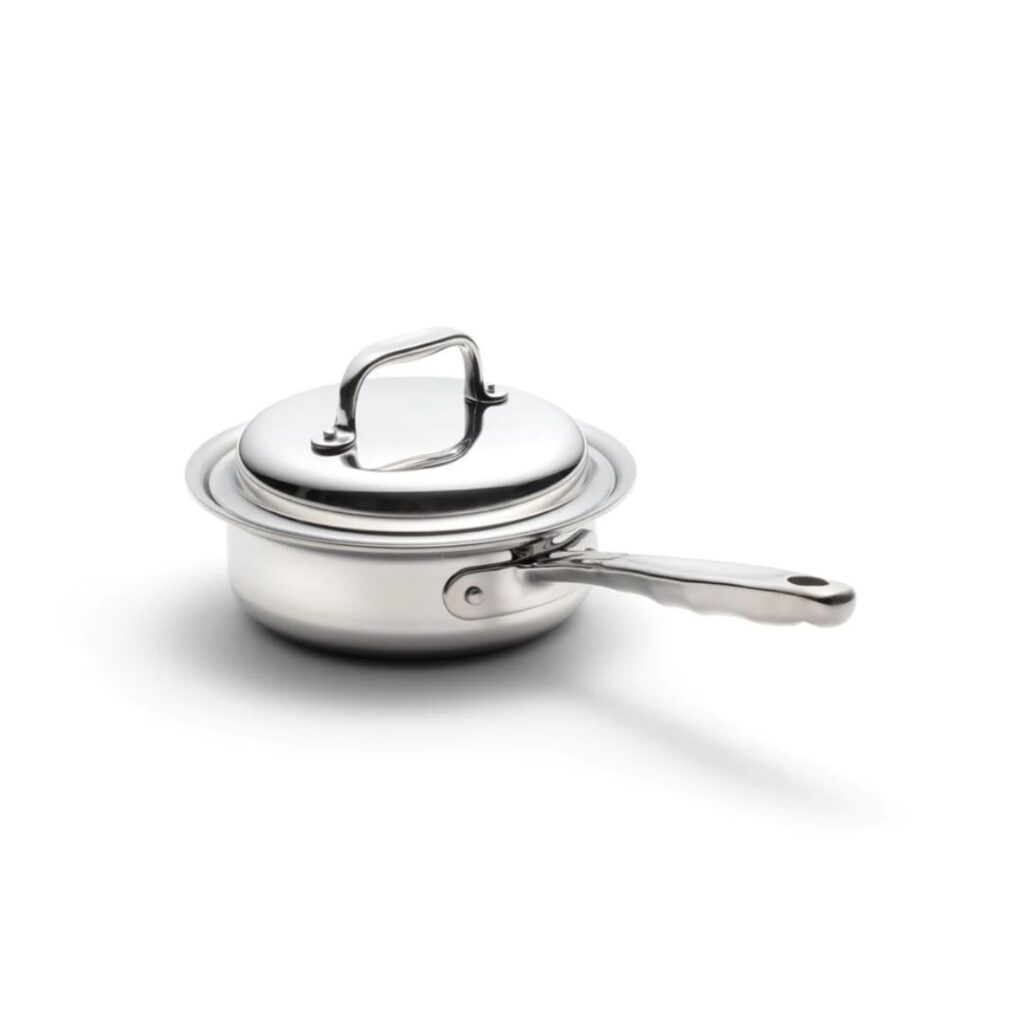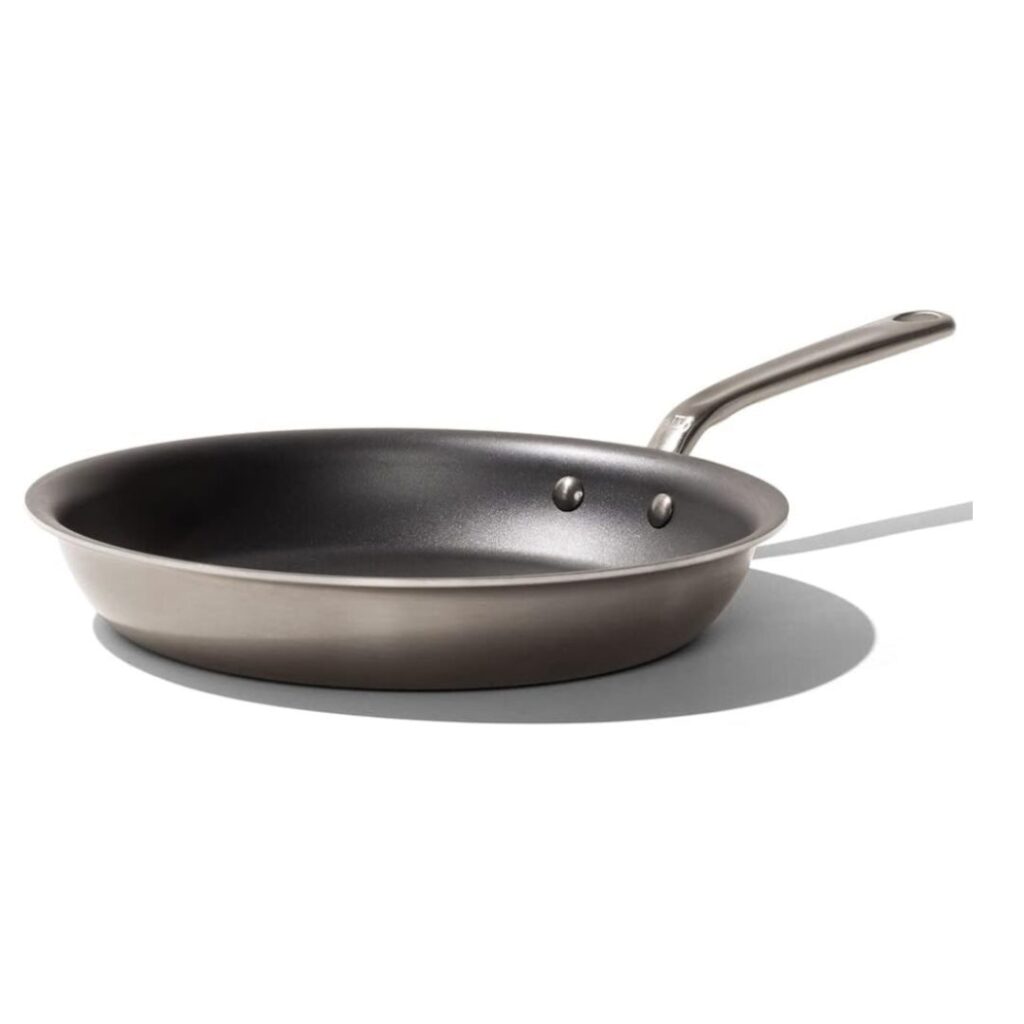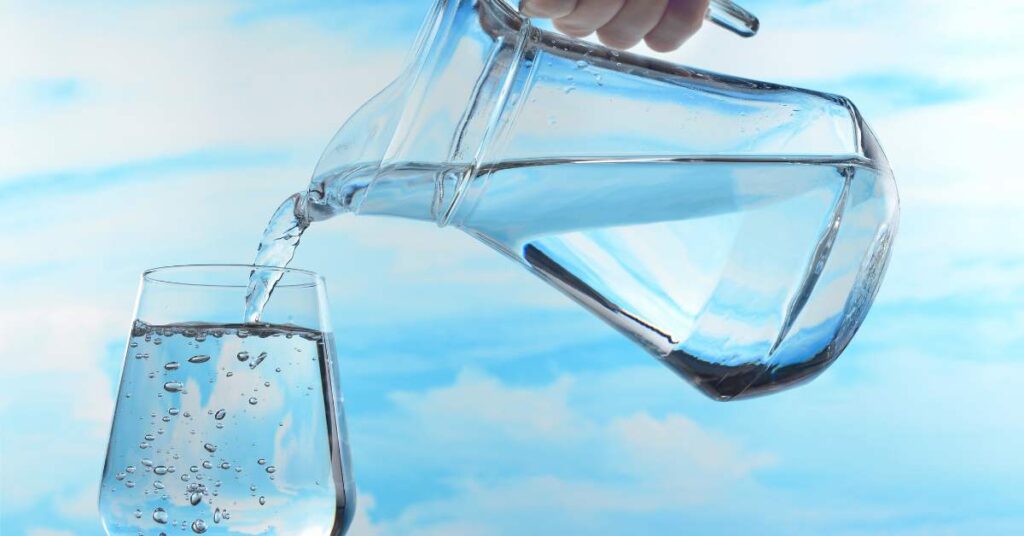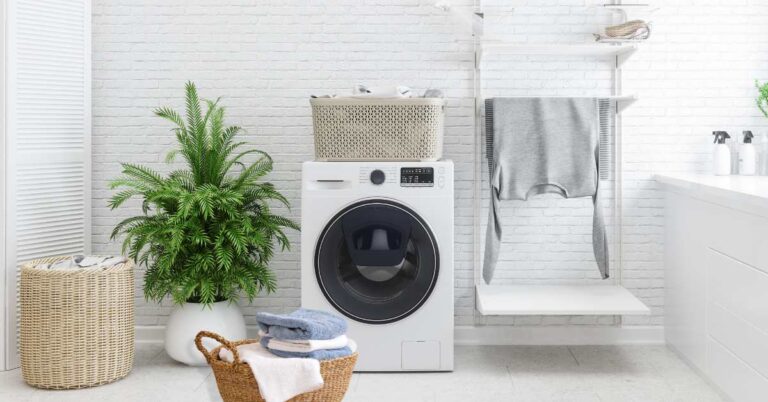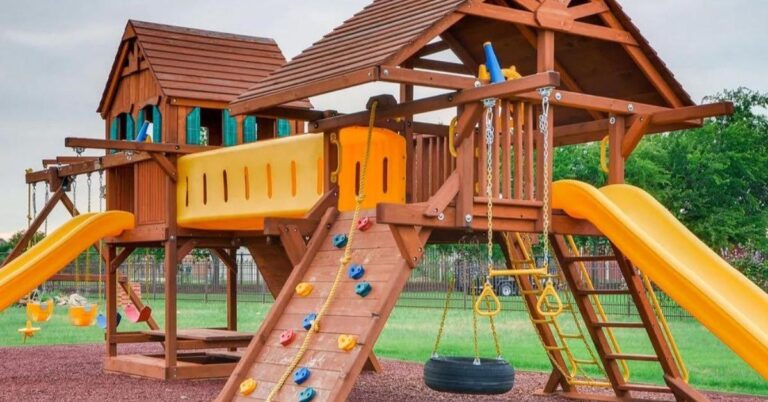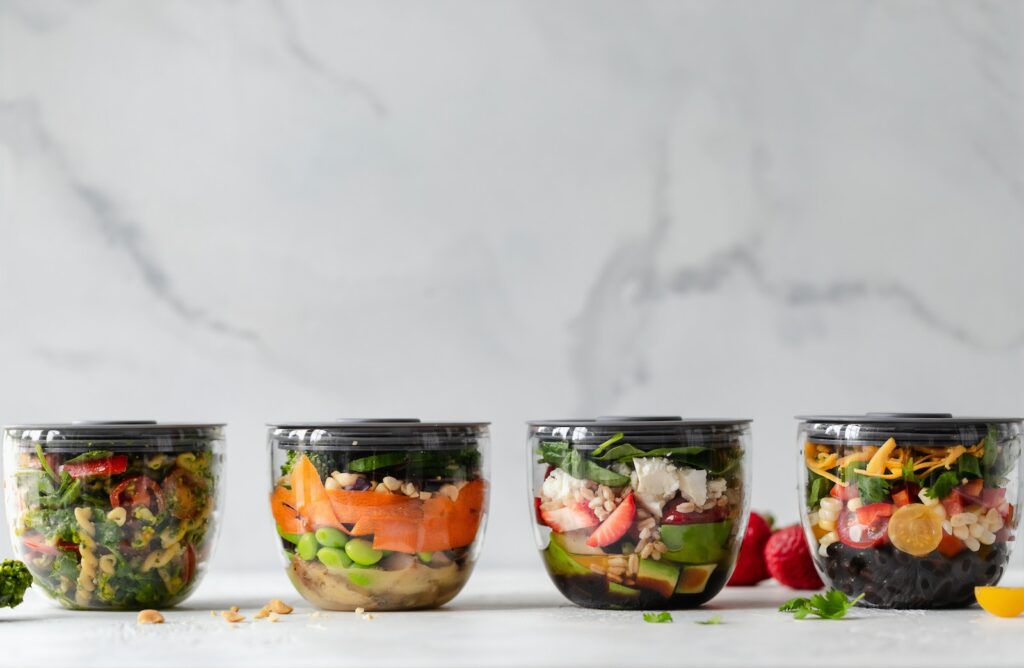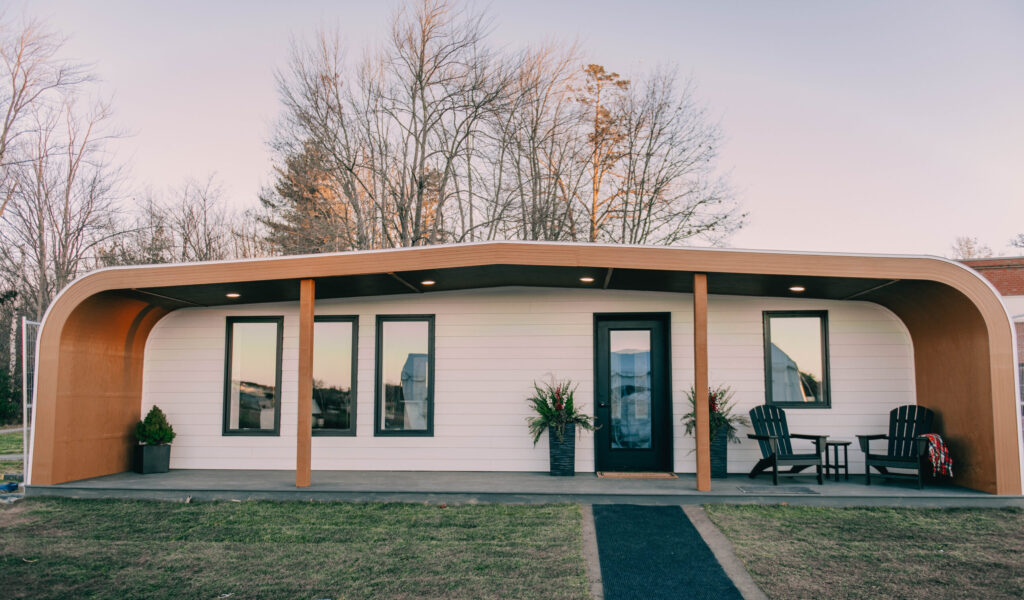Are you aware of what lurks beneath your delicious home-cooked meals?
The cookware you use every day might be a hidden source of harmful chemicals, silently affecting your health.
In this essential guide, we’ll uncover the truth about the dangers lurking in common cookware and why it’s vital to choose the safest pans to cook with for good health.
From exploring the risks of conventional non-stick pans to revealing the best health-friendly alternatives, this article is your roadmap to making informed choices in your kitchen.
Get ready to transform your cooking habits and safeguard your health with every meal!
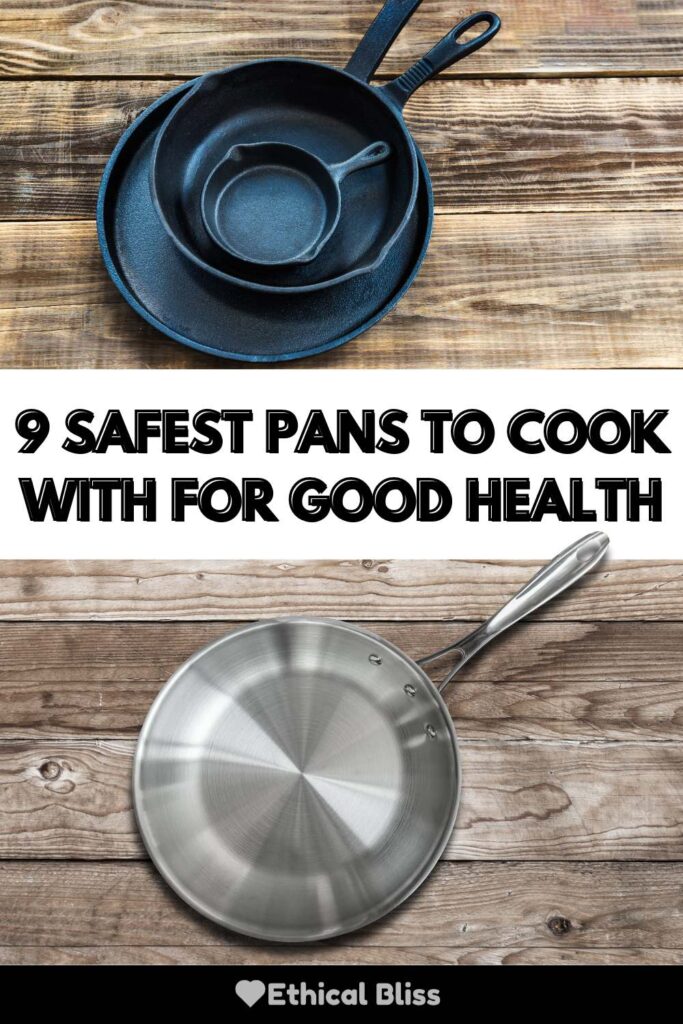
This post contains affiliate links. If you make a purchase, we may earn a small commission at no extra cost to you. Learn more.
Safest Pans to Cook With For Good Health
Selecting pans free from PFAS, PTFE, and PFOA is vital for healthier cooking.
We’ve compiled a list of our favorite safe, sustainable cookware brands, ensuring top-notch cooking performance without harmful chemicals.
Explore the detailed discussion following our recommendations to better understand these chemicals and the various cookware materials available.
1. All-Clad
Synonymous with Stainless Steel Cookware Since 1971
All-Clad’s USA made cookware is backed by an impressive lifetime guarantee. Features include:
- High quality 18/10 stainless steel surface sears to perfection and is ideal to deglaze for pan sauces.
- All-Clad D3 tri-ply construction for superior heat distribution and retention.
- Every piece is handcrafted by skilled artisans in Canonsburg, PA.
- Oven & broiler safe up to 600°F and compatible with any stovetop, including induction.
- Free from PTFE, PFOA, and PFAS (Per- and Polyfluoroalkyl Substances).
2. Field Company
Modernizing Tradition
The Field Company skillet, a lighter cast iron pan, blends vintage charm with modern practicality. Here’s why it’s a standout:
- Meticulously designed, mimicking the best vintage American skillets. Made in the USA.
- Compatible with all stovetop types, including glass and ceramic induction ranges.
- A natural, non-stick surface without harmful chemicals or engineered coatings that are safe for use in the oven, on the grill, or over an open flame.
- Optimized weight and ergonomic handle for ease of use and high-heat searing. The Field Skillet is undoubtedly one of the safest cookware to use.
3. Great Jones
Non-stick, Non Toxic Marvel
Great Jones offers non-stick frying pans with a ceramic coating that’s safe for you and our planet. Check out their features:
- Non toxic ceramic coated cookware for healthier cooking.
- Suitable for all stovetops, including induction.
- Welded handle design for hygiene and durability.
- Free of PTFE and PFOA, ensuring no harmful chemicals.
4. Alva
Belgian Craftsmanship with a Green Heart
Alva, founded in 1949, showcases a legacy of sustainable craftsmanship. Here are its features:
- Originally crafted from recycled WWII materials, Alva has embodied sustainability since its inception.
- Free from PTFE, PFOA, PFAS (Per- and Polyfluoroalkyl Substances), lead, and cadmium, including ceramic-coated products making it one of the safest pans to cook with.
- Offers a variety of materials: safe cookware made from stainless steel, cast iron, carbon steel and aluminum.
5. Caraway
Ceramic Beauty for Healthy Cooking
Caraway’s ceramic-coated aluminum cookware is a perfect blend of style and safety. Explore its features:
- Free of PFAS, PTFE, PFOA, lead, and cadmium for a healthier cooking experience.
- Easy to clean, thanks to the naturally slick ceramic surface.
- Manufactured with eco-friendly materials, releasing fewer CO2 emissions during production.
- Ethically manufactured, supporting fair wages and safe working conditions. Caraway is committed to providing you with the best non toxic, sustainable cookware options.
6. Lodge
Crafting Memories with Every Meal
Lodge Cast Iron, an emblem of quality since 1896, offers sustainable cookware that lasts for generations. Discover its features:
- Versatile usage includes stovetop, grill, or campfire, and straight to the table for serving.
- Naturally non-stick finish that enhances with each use.
- A comprehensive recycling program and ethical community support demonstrate commitment to sustainability. Lodge understands the importance of providing sustainable non toxic cookware, ensuring every meal is both delicious and made with one of the safest cookware to use.
7. Our Place
Non-stick Goodness, Planet-Friendly
Our Place presents non-stick ceramic-coated cookware without harmful toxins. Here’s what makes it exceptional:
- Ceramic coating without PFAS, PTFEs, and PFOAs making it one of the safest pans to cook with.
- Thoughtful sustainability practices, using recycled materials and eco-friendly packaging.
- Designed to minimize clutter in the kitchen by reducing the number of items you need to buy.
8. 360 Cookware
Revolutionizing with Vapor Technology
360 Cookware’s stainless steel cookware, featuring Vapor Technology, ensures efficient and even heating. Explore its standout features:
- Vapor Technology for fast and even heat distribution, optimizing cooking.
- Handcrafted in the USA, upholding quality standards without harsh chemicals.
- Built to last with high-quality stainless steel and a lifetime warranty.
- Free from PFAS, PTFEs, and PFOA. So, is stainless steel cookware safe? Absolutely, especially when it’s from a trusted brand like 360 Cookware.
9. Made In
The Fusion of Strength and Elegance
Made In cookware offers stainless and carbon steel options, marrying strength with elegance. Here’s what sets it apart:
- Stainless clad cookware has 5 layers for improved heat conduction and easy cleaning.
- Carbon steel cookware, combines the best of cast iron and stainless clad for superior heat control and a non-stick surface. An excellent pan for healthy frying.
- Carbon Steel Cookware is pre-seasoned for immediate use, taking care of the most challenging seasoning steps, oven-safe up to 1200°F, and induction-compatible for versatile cooking.
Common Types of Cookware
When choosing safe, non-toxic, and sustainable cookware to use, the market offers a range of options, each with unique advantages and considerations:
Cast Iron Cookware: The Time-Tested Workhorse
Cast iron pans are workhorses in the kitchen, famed for their durability and versatility. They need regular seasoning to keep them in top shape, but once you get the hang of it, they are super easy to use, clean, and withstand very high heat. If properly cared for, they can become the safest pans to use, offering a natural non-stick surface without harmful chemicals.
Aluminum Cookware: Lightweight and Quick to Heat
Aluminum cookware is popular due to its excellent heat conductivity and lightweight nature. Yet, concerns about aluminum leaching into food have been raised, especially when dealing with acidic or high-heat ingredients. Choosing anodized aluminum or aluminum cookware with a non-reactive coating can make them safer options.
Stainless Steel Cookware: The Classic Choice
Is stainless steel safe to use? Yes! Stainless steel pots are widely favored for their durability, corrosion resistance, and non-reactive properties. It’s considered one of the safest pans to cook with, provided it doesn’t have a non-stick coating containing PTFE or PFOA (see below for more info on these chemicals). Opt for high-quality stainless steel cookware for a safe and long-lasting addition to your kitchen.
Copper Cookware: Elegant and Efficient
Copper pans are prized for their exceptional heat conductivity, allowing precise temperature control. However, they can react with acidic foods like tomato sauce, potentially leaching heavy metals into the dish. To lessen this reaction, many copper pans are lined with a layer of stainless steel or tin for safer use.
Ceramic Cookware: Elegant and Efficient
Ceramic cookware is a newer addition to the market, quickly gaining popularity for its health and eco-friendly properties. Ceramic pots are typically made from clay and fired in a kiln, with a natural non-stick coating that doesn’t release harmful fumes or toxins at high temperatures. Unlike some non-stick pans, ceramic cookware doesn’t contain PTFE or PFOA, chemicals often used in traditional non-stick coatings that can be harmful to your health.
Non-Stick Coated Cookware: A Double-Edged Sword
Nonstick pans have a convenient, smooth surface. Still, traditional non-stick coatings often contain harmful chemicals like PTFE and PFOA. Opting for newer ceramic-based nonstick cookware can be a safer choice, providing a healthy frying pan without compromising convenience. Be careful not to use metal utensils on nonstick coatings.
Chemicals in Cookware: Understanding the Risks
PFAS (Per- and Polyfluoroalkyl) Substances are widespread in non-stick coatings due to their water and stain resistance.
Unfortunately, these toxic chemicals raise health concerns and are linked to immune system suppression, liver damage, and an increased cancer risk.
PTFE, commonly known as Teflon, creates a non-stick surface but releases toxic fumes when heated at high temperatures.
This Teflon coating poses health risks to both humans and pets. PFOA (Perfluorooctanoic Acid), a key component in making PTFE (Polytetrafluoroethylene), is classified as a likely human carcinogen, though studies are inconclusive.
The good news is since 2015, PFOAs have no longer been used or made in the United States. However, they are still present in old teflon cookware pans and the chemical is used in other countries.

Help me get started!
Do you want to live a less-toxic, more eco-friendly lifestyle but have no idea where to begin? Here’s our “Non-Toxic 101” guide to get you started today!

Frequently Asked Questions
How Do I Use Stainless Steel Pans Without Food Sticking?
- Preheat dry pan over medium-low heat
- Test with a few drops of water: ready when water beads
- Lower to desired temperature
- When reached, add oil
- Add food
- Allow to cook and release before moving food
How Do I Use Cast Iron Pans Without Food Sticking?
- Season new pan with oil
- Preheat dry pan
- Add oil
- Add food
- Allow to cook and release before moving food
How Do I Clean A Cast Iron Pan?
- Hand wash with a little soap
- Use a pan scraper for stuck food
- Dry well
- Spray or coat with high smoke point oil (e.g. avocado oil)
How Do I Clean Stainless Steel?
- Allow to cool
- Rinse
- Soak in warm, soapy water
- Clean with sponge or nylon scouring pad
- For tough spots use non-abrasive cleaner (e.g. Bar Keeper’s Friend)
Sustainability takes center stage in this pursuit of the safest pans to use. Choosing long lasting, non toxic cookware crafted from eco-friendly materials, ensures a safe cooking experience and a positive impact on our environment.
So, let’s equip our kitchens with cookware that embraces sustainability, health, and the joy of cooking, making every meal a step towards a greener, healthier world. Discover your perfect, safe, and eco-friendly cookware among these exceptional options.
Remember, in the world of cooking, the safest pans to use can also be the most planet-friendly. Let’s cook our way to a better future!
Did we miss your favorite safe cooking pans? Let us know in the comments!
New at Ethical Bliss:
5 Best Pure Organic Vanilla Extract Picks
Best Natural Toothpaste Alternatives For Sparkling Teeth
A Bold Step to Improve Drinking Water Safety
You Might Also Like:
Best Non-Toxic & Eco-Friendly Natural Fabric Softeners
Best Playground Surface Pick: Non Toxic Rubber Mulch
Are Tree-Free Bamboo Paper Towels Eco-Friendly & Panda-Safe?
Nothing beats the convenience of kitchen paper towels. They are a non-sustainable consumer good that…
